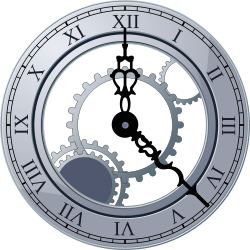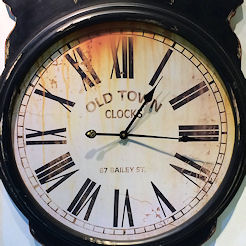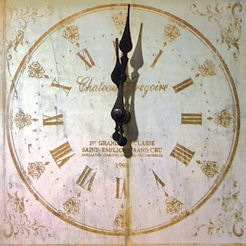A clock broke into two pieces.
The numbers on each of the pieces add up to the same total.
Draw a diagram to show how the clock cracked.
A clock broke into two pieces.
The numbers on each of the pieces add up to the same total.
Draw a diagram to show how the clock cracked.
Topics: Starter | Arithmetic | Problem Solving
How did you use this starter? Can you suggest
how teachers could present or develop this resource? Do you have any comments? It is always useful to receive
feedback and helps make this free resource even more useful for Maths teachers anywhere in the world.
Click here to enter your comments.
Previous Day | This starter is for 24 May | Next Day
Sign in to your Transum subscription account to see the answers
Your access to the majority of the Transum resources continues to be free but you can help support the continued growth of the website by doing your Amazon shopping using the links on this page. Below is an Amazon link. As an Amazon Associate I earn a small amount from qualifying purchases which helps pay for the upkeep of this website.
Educational Technology on Amazon
|
Change the background of this page to
or
for clearer classroom display.
|
||

|
Teacher, do your students have access to computers such as tablets, iPads or Laptops? This page was really designed for projection on a whiteboard but if you really want the students to have access to it here is a concise URL for a version of this page without the comments: Transum.org/go/?Start=May24 However it would be better to assign one of the student interactive activities below. |
|
Here is the URL which will take them to a quiz all about different cracked clocks.
There are many 'Time' activities on this website - just click the image below:
 |
 |
 |
Which clockface is the odd one out?
The answer can be found by looking closely at the roman numerals used.
The clock on the right uses IIII for the number 4 while the other two clocks use IV.
Investigate which system of numbers is most common on clocks in your school, home or the neighberhood where you live.
More questions:
There are more questions like these on the interactive Clock page.